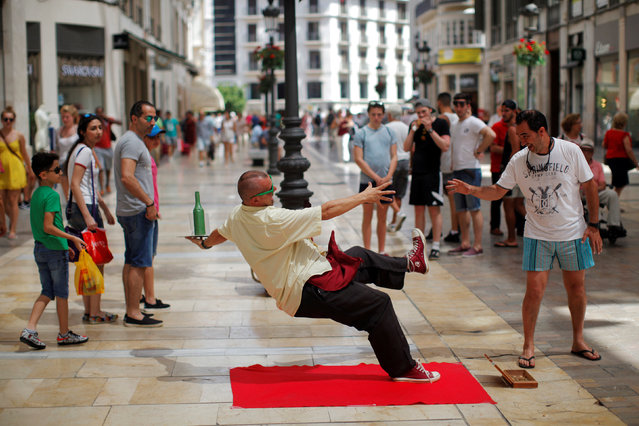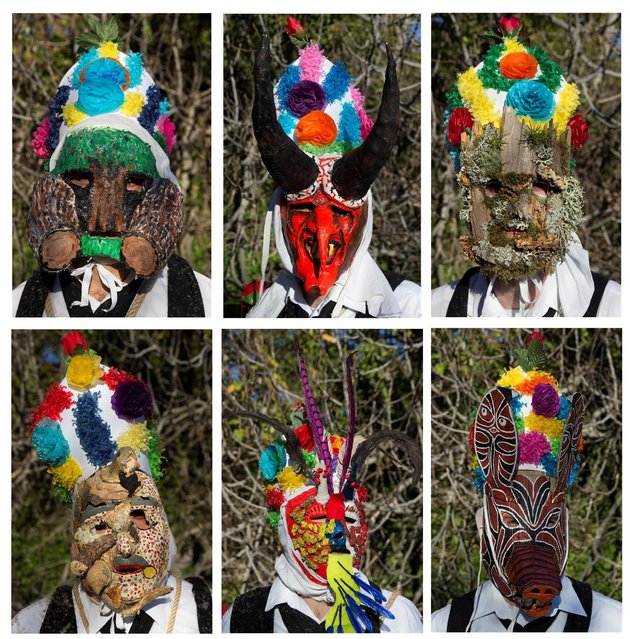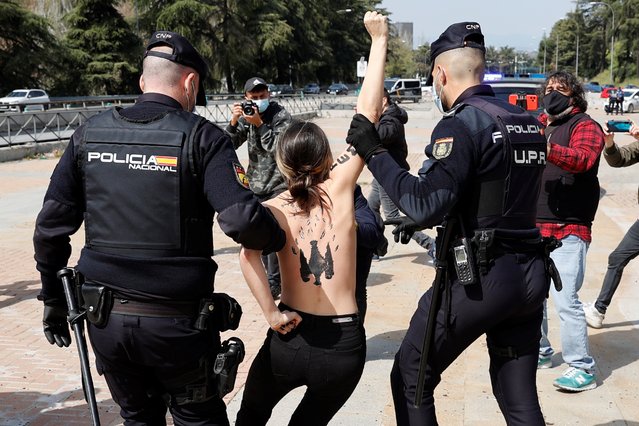
A girl dressed up as a emissary of the Three Wise Men poses for a photo as she waits for their arrival in a helicopter to take part in the traditional Epiphany parade in Ronda, Spain, January 5, 2018. (Photo by Jon Nazca/Reuters)
08 Jan 2018 08:39:00,post received
0 comments







